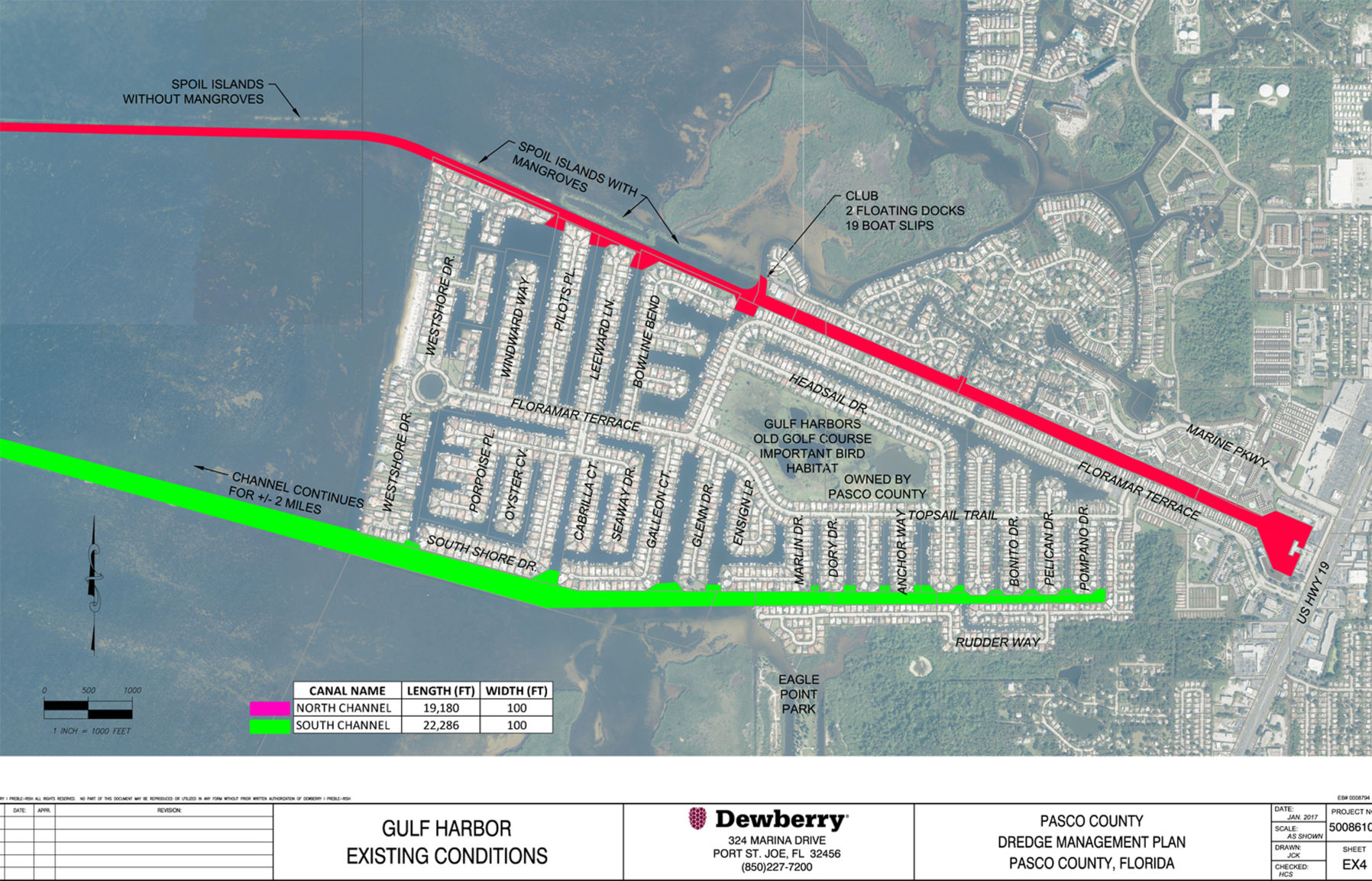

Inset of a woodcut from Frank Leslie’s Illustrated Journal in 1879 by Joseph Becker titled “Favorite Bed for Small Boats”.

Brewington’s Chesapeake Bay Log Canoes and Bugeyes (1963 Tidewater Publishers).||Figure 1. Photograph of a boatbuilder constructing a five log Poquoson canoe, iron pins held the logs together and the man in the foreground holds a shipwright’s favorite tool, the adze. Brewington’s Chesapeake Bay Log Canoes and Bugeyes (1963 Tidewater Publishers).||Figure 2. This style of building replaced the log-bottom bugeyes. Interior of the plank-on-frame bugeye Nora Phillips.

Brewington’s Chesapeake Bay Log Canoes and Bugeyes (1964 Tidewater Publishers).||Figure 3. A photograph of the “square rigged” (gaff rigged) Chesapeake Bay bugeye George T. Site plan drawing of the Hobbs Wreck, a site documented through DHR’s Threatened Sites Grant Program (Courtesy of Lighthouse Archaeological Maritime Program).||Figure 4. Image courtesy of the Suffolk Nansemond Historical Society.||Figure 5. It is possible that the Nansemond Ghost Fleet is the remains of his small oyster armada. McAnge during the late 19th century showing his oyster cannery and fleet. A newspaper advertisement run by William N. Note the oyster house in the background.||Figure 6. William Norman McAnge’s fleet is shown here in Edward Pollock’s Sketch Book of Suffolk. Image courtesy of Kermit Hobbs.||Figure 7. It is possible that this was a barge owned and operated by McAnge’s oyster operation to haul shell back out to the oyster beds for ‘planting’. This aerial image shows one of the transport boats used to haul bulk goods from Suffolk.


 0 kommentar(er)
0 kommentar(er)
